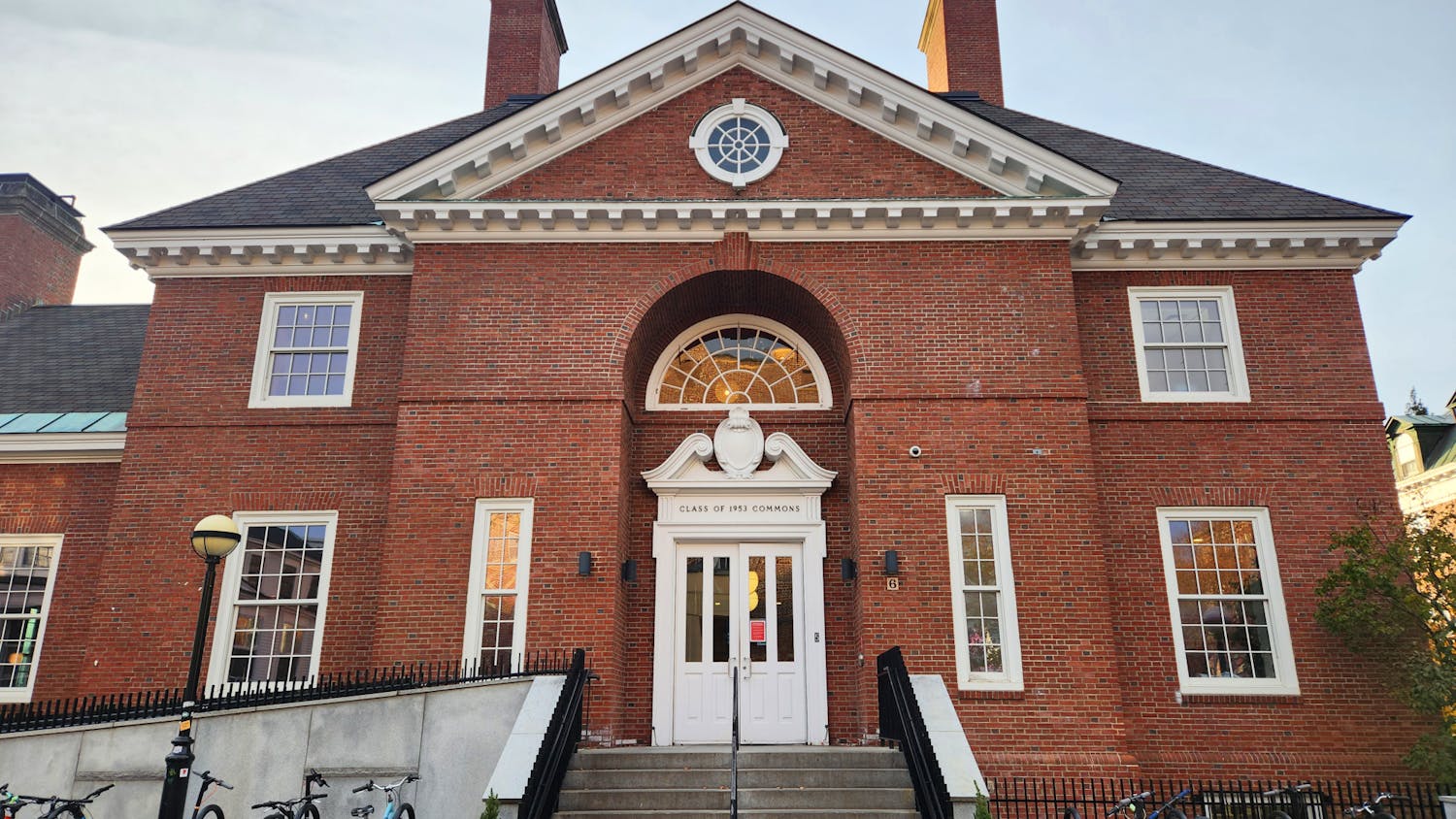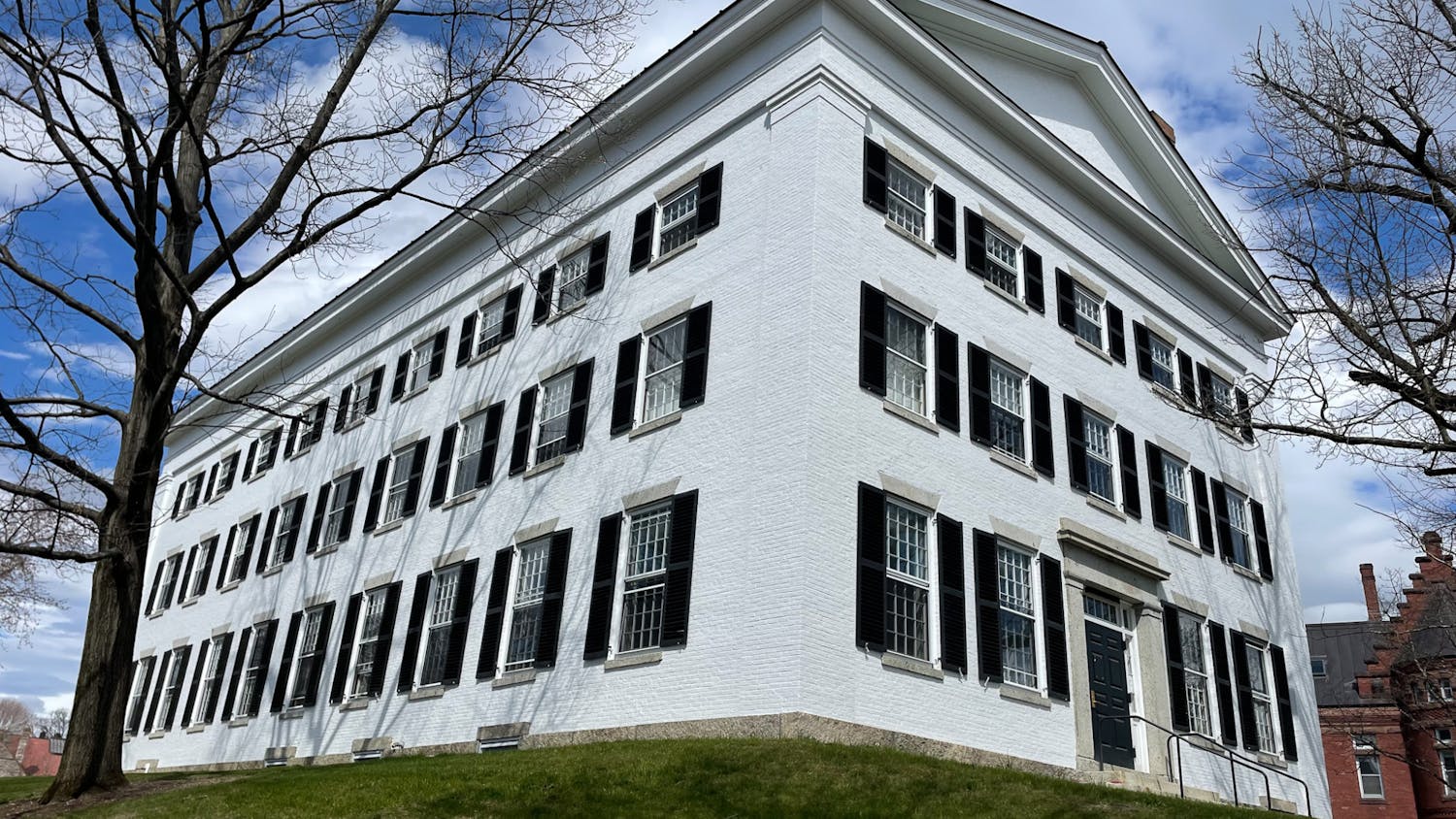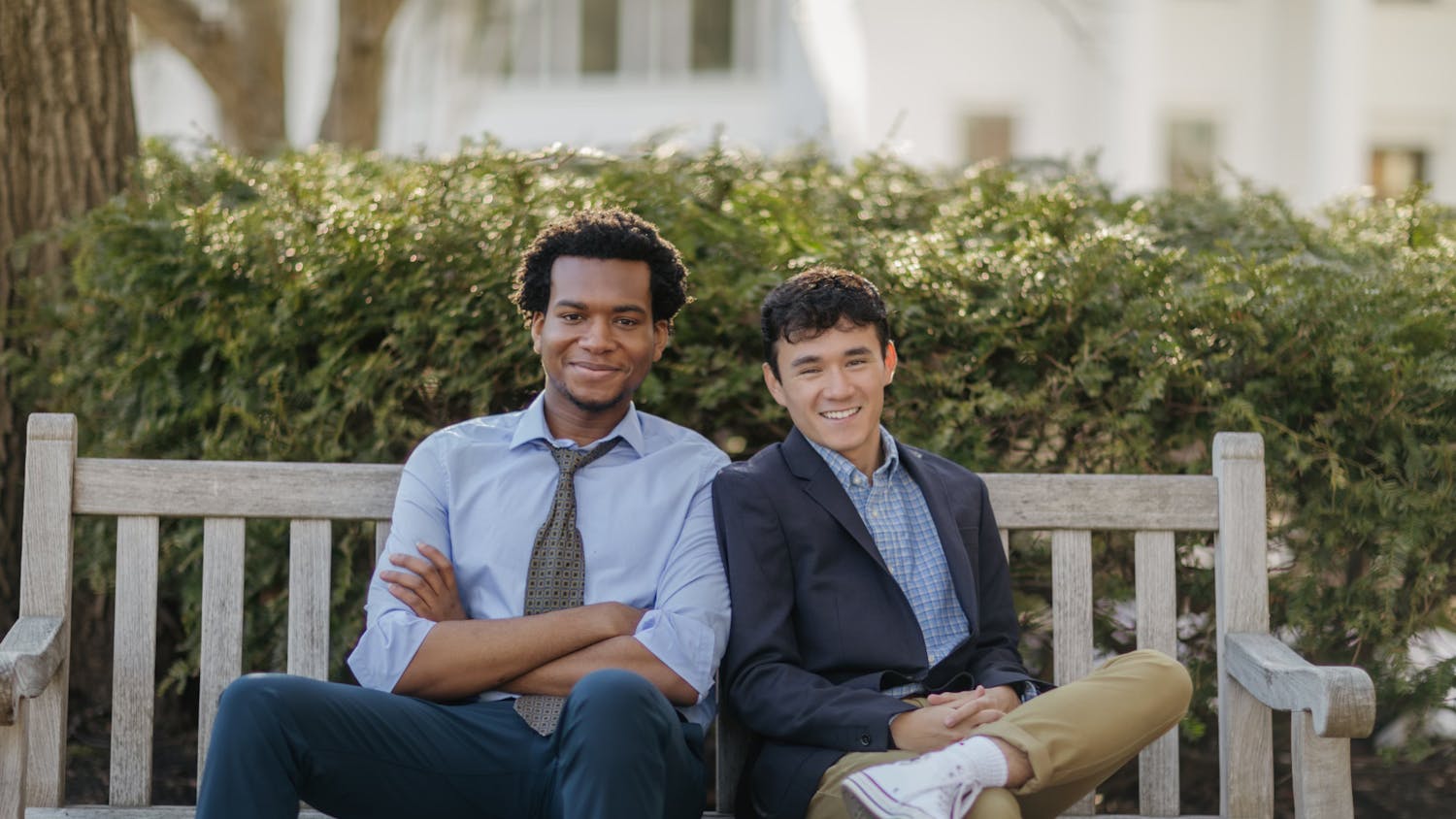Despite being around a percent higher than the 2.9 percent tuition increase for the 2015-2016 academic year, experts say that the 3.8 percent increase in tuition, mandatory fees and room and board approved by the Board of Trustees for the 2016-2017 academic school year remains in line with national trends of rising costs for higher education.
Center for College Affordability and Productivity director Richard Vedder said that a 3 to 4 percent increase in tuition is fairly typical for private schools and that it is less of an increase than 10 years ago, when colleges typically increased tuitions by 5 to 6 percent. However, all private institutions have been raising tuitions at a rate that is above the rate of inflation, Vedder said. The U.S. inflation rate for February 2016, the most recent rate reported, was 1 percent.
In a June 2014 press meeting with The Valley News and in a fall 2013 faculty meeting, College President Phil Hanlon pledged to keep future tuition increases to no greater than 1 percent above the rate of inflation measured by employment cost indices. In an interview after his appointment as College president with The New York Times, Hanlon also warned of the unsustainability of superinflationary tuition increases.
Vedder said that some institutions, depending on their ranking, are more able to charge for a higher cost of attendance.
“Elite, upper-tier colleges are in high demand and able to raise fees quite a bit and get away with it because of the high number of applicants,” Vedder said. “It does suggest that they’re not being overly serious about making efforts to reduce costs for students.”
Colleges are not making more radical changes to lower costs, such as paring down administrative staffs, Vedder said, and it does not seem likely to be an item on their agendas in the future. Unlike other business models, there are not high incentives for colleges to radically reduce costs because upper-tier schools are always in demand and hand out few acceptance letters, Vedder said.
“Price competition is everywhere else, practically, but not in higher education,” Vedder said.
Instead, costs are increasing in order to appease the constituencies at a college, Vedder said. Salary raises for faculty, new staff to ease the burden of administrators, and initiatives such as a “Go Green” campaign that pushes for environmentally friendly decisions or special services for student groups can contribute to raised costs, Vedder said.
“The forces pushing for more money are stronger than forces pushing for lowered costs,” Vedder said. “A good college president will try to appease all constituents — students, alumni and faculty.”
Director of the Cornell Higher Education Research Institute and industrial labor economics professor Ronald Ehrenberg said that upper-tier colleges share a goal of being as good as possible on every dimension of their activities, from faculty to financial aid. The only major unrestricted sources of money that could contribute to such advancements are tuition and alumni donations, unlike research endowments, he said.
“[Upper-tier colleges] are like the Cookie Monster, who wants to just grab as much as he can,” Ehrenberg said. “We want to grab as much as we can — the pressure to be good is great.”
Cornell University increased its tuition by 3.75 percent, the lowest of all announced tuition increases from the Ivy League. Brown University will increase its tuition by 4.1 percent, the highest increase of all Ivy Leagues this year. The University of Pennsylvania announced 3.9 percent increase. Other Ivy League schools have not yet announced their tuition rates for next year.
The College’s financial aid budget went up to $95.8 million, a 4.7 percent increase from last year. Brown has reported that it will increase its financial aid budget by 7.1 percent.
Director and lead educational consultant at IvySelect College Consulting Michael Goran said that increased rates of tuition at institutions such as Dartmouth will not ultimately affect student choices due to the College’s continued policy of meeting 100 percent of demonstrated need. For students who receive little to no aid, the cost of attendance between any two Ivy League schools differs minimally from around $7,000 to $8,000. He noted that this difference would not make much of an impact on students choosing between Ivy League and other top=tier schools , he said.
“It’ll depend more on academics, environment, culture, and what the students are looking for,” Goran said. “The extra percent increase from 2.9 last year to 3.8 this year is not going to substantially affect prospective students.”
The ultimate value of an Ivy League education is often debated, Goran said. However, while research has shown that the prestige of the undergraduate college matters less in science, technology, engineering and math, Goran said the value of going to an upper-tier college does have an effect on future earnings.
“Of course, that’s ultimately a function of how you are individually, but at least having that foundation tends to lead to greater future earnings power,” Goran said. “Ultimately, the focus with students is in the quality of the education received and the experience that they’re able to have at the college they choose.”
Correction appended (April 1, 2016):
The original version of this article quoted Michael Goran as saying that the cost of attending an Ivy League school with no or little aid ranged from $7,000 to $8,000. In fact, he said that the difference in cost between Ivy League schools ranges between $7,000 to $8,000.



